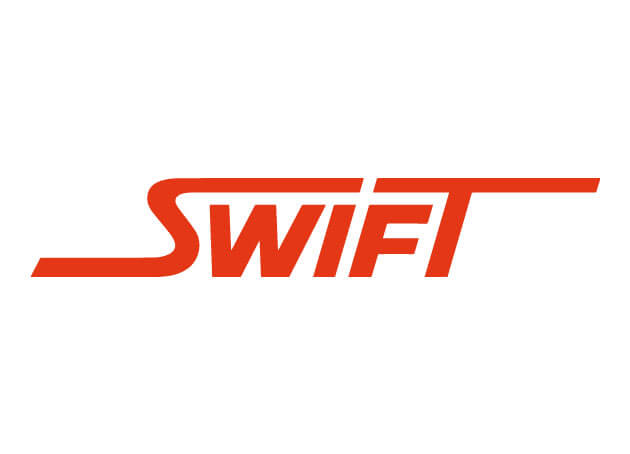
Virtual channels are measurement channels that are not directly connected to a physical sensor but determine the actual measurement value through mathematical calculations from analogue and digital channels. The source channels (analogue and digital) are selectable. Additional coefficients (constants) can be defined for some of the formulas. The mathematical operations are performed based on the physical scaling defined for the channels to be calculated. The user can adjust the actually used values margin within certain limits. Like any real channel, the result of a virtual channel can be transformed into another physical unit by specifying the sensitivity and offset. To operate a virtual channel you should have this software. The price for the respective formula must be added on.
Formel „Power Calculation“: A1*A2
The formula “Power Calculation” calculates the value of a virtual channel as product of two analogue input channels (A1, A2). For example, using analogue inputs for the engine speed and torque, this formula calculates the engine power output.
Formel „Ratio“: A1/A2
The formula “Ratio” divides two analogue input channels (A1, A2). For example, the ratio of vehicle speed to engine speed gives the gear transmission ratio and hence suggests the actually selected gear.
Formel „weighted sums“:k1*A1 + k2*A2 + k3*A3 + k4 * A4
The formula “Weighted Sums” calculates the sum of up to four analogue input channels (A1 to A4) with consideration of their real quality rating. In addition, a weighting factor (k1 to k4) can be associated to each input channel. For example, this formula can be used to determine the total force resulting from up to four independent force inputs.
Formel „Digital Gate“: A1*D1( 0 := k1; 1:= k2) + A2*D2( 0 := k3; 1:= k4)
The formula “Digital Gate” establishes multiple connections between two analogue signals (A1, A2) and two digital channels (D1, D2). For each of the two states (0 or 1) of the digital channels, the user can assign a given value (k1 and k2 for D1 and k3 and k4 for D2). Depending on the state of the digital input the corresponding analogue channel is multiplied with the associated value. This can be done for two selectable analogue channels. The result is obtained by summation of the two products calculated before. Thus, this formula can select one of two analogue channels depending on one digital channel (D1 = D2). For example, given the vehicle speed signal (A1) and the directional information (D1), this formula enables the change of the algebraic sign (+ or -) for the vehicle speed depending on the driving direction.
Formel „Derive“: d(A1)/dt
The formula “Derive” calculates the derivative of an analogue input signal (A1). The calculation is based on the difference between the actual value of the input signal and this value delayed by a constant time, i.e. in mathematical terms corresponding to the differential quotient. The user can select the delay of the signal up to 1 second. The output derivative signal can be transformed into another user-defined unit and re-scaled in meaningful values. The effect of the selected time difference is automatically considered. A typical application of this formula is deriving the power of a shock absorber from its covered distance per time unit. The deflection of the shock absorber can be easily recorded by a displacement sensor. Thus, the formula “Derive” can online determine the derivative of the distance signal over time which corresponds to a value proportional to the shock absorber power.
Formel “Low Pass”
This formula reproduces a first order digital low pass filter. The cut-off frequency of the filter and the source channel can be selected by the user. The cut-off frequency may range from 1/40 to 1/400 000 of the system sampling rate. Based on the standard sampling rate of 2kHz the corresponding cut-off frequency ranges between 0.005Hz to 50Hz. Since low and very low cut-off frequencies can be set, this formula is best suited to measure the quasi static part of any dynamic value.
